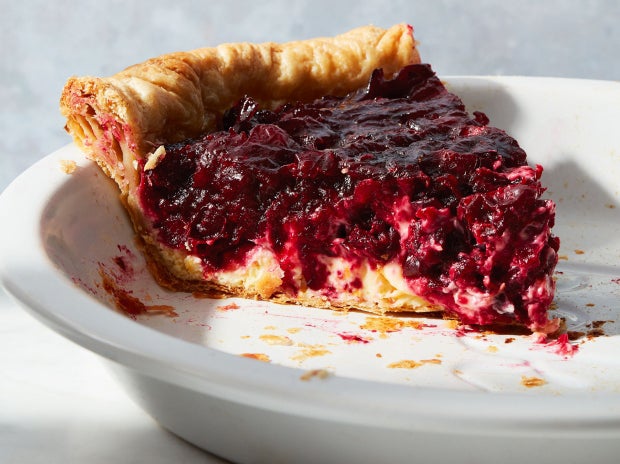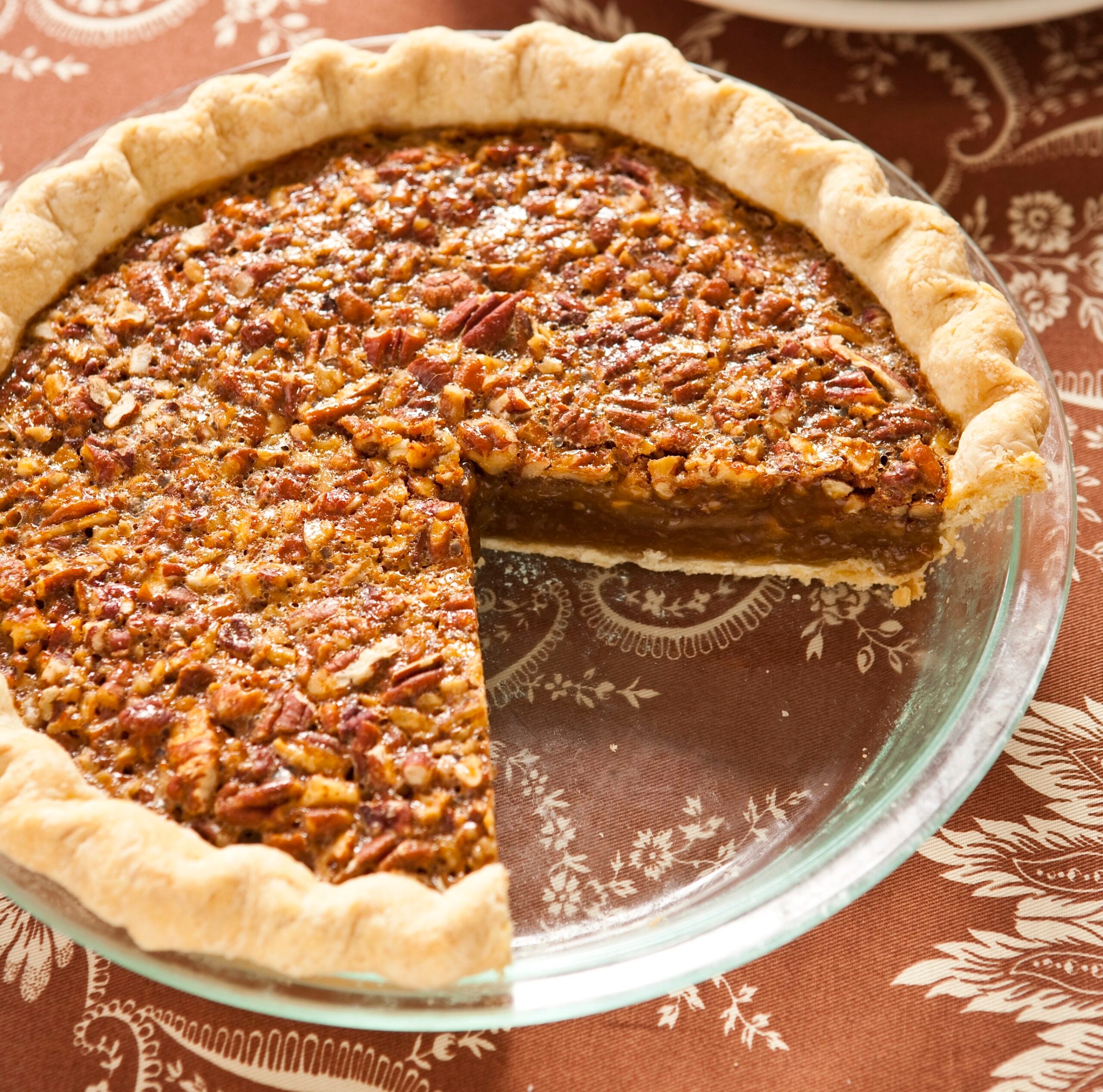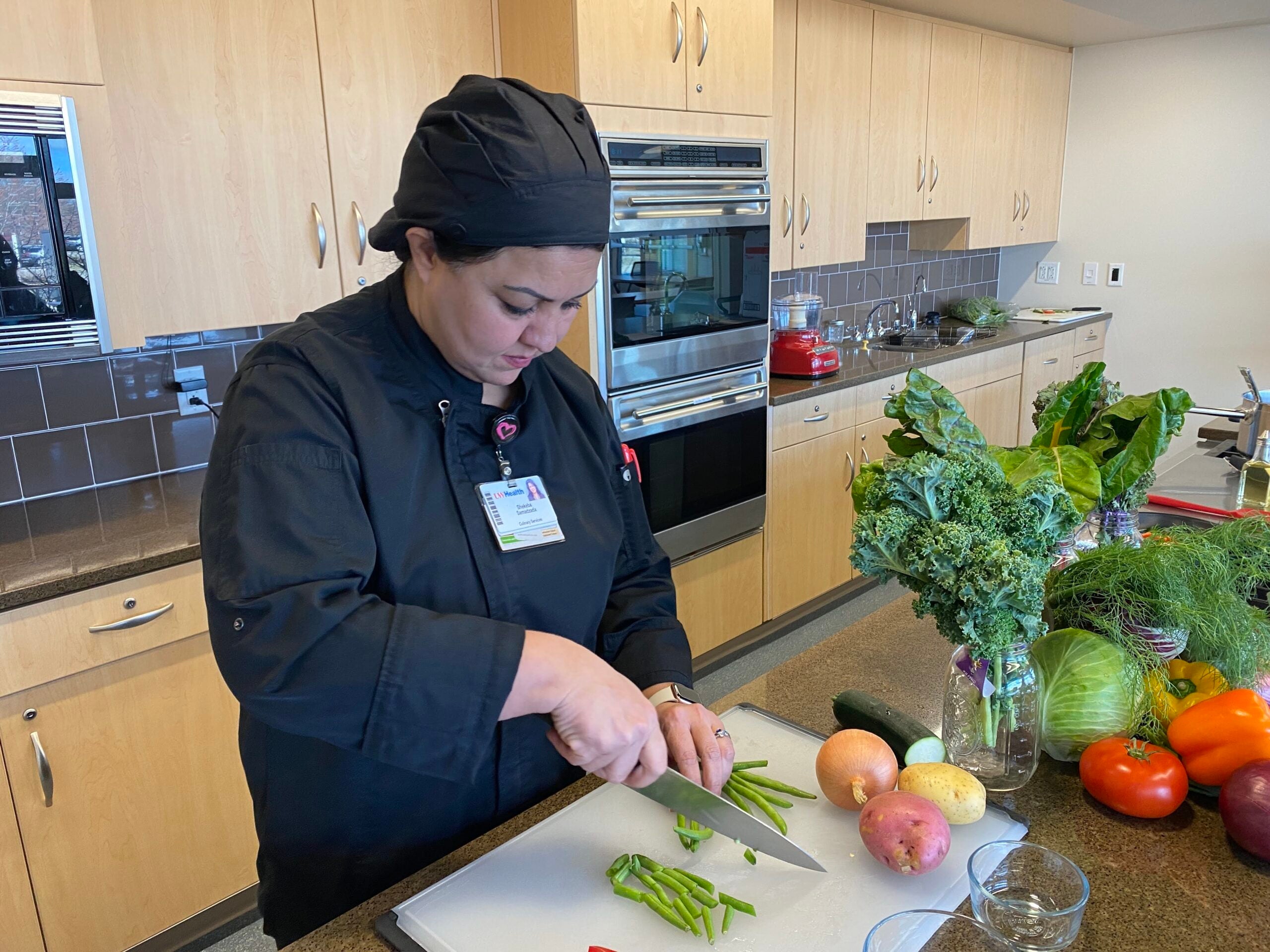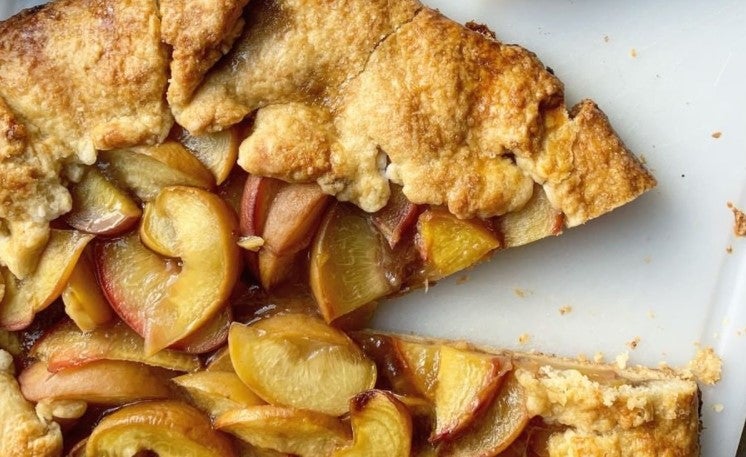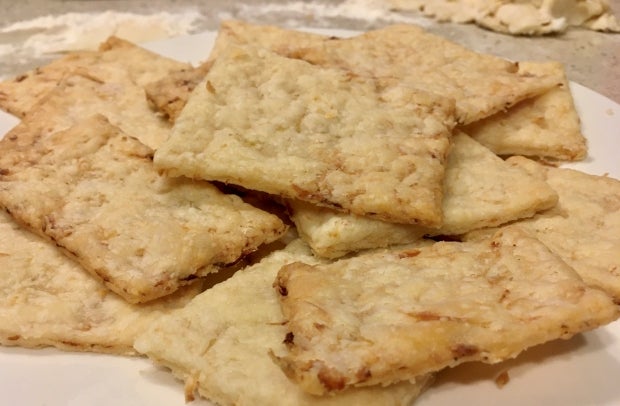Erin Jeanne McDowell thinks a lot of pie recipes have led bakers astray.
From dough that’s too dry to sinking fruit fillings, McDowell said all kinds of issues can arise from following a recipe to the letter — especially recipes handed down from our relatives.
McDowell, pie aficionado and the author of “The Book on Pie: Everything You Need to Know to Bake Perfect Pies,” said she enjoys any opportunity to reteach methods that lead to better pies.
Stay informed on the latest news
Sign up for WPR’s email newsletter.
Take crusts, for example: She goes through 40 different options in her book, including oil-based press-in crusts that are a bit easier to work with, and crusts that you roll out. Oil-based press-in crusts are a little less flaky and crumblier than traditional pie crusts, and a bit more forgiving because of that.

Pie dough that’s too dry, just right and too wet. Photography © 2020 by Mark Weinberg. Reproduced by permission of Houghton Mifflin Harcourt. All rights reserved.
McDowell said she often hears from bakers that they have problems with their dough. A lot of that has to do with moisture, she said.
Some recipes are cautious about adding too much liquid. But by not adding enough moisture, a dough often ends up dry and crumbly. On the other hand, dough that sticks to everything is too wet.
To help bakers figure out the right balance, her book features visual cues of the differences between dough that’s too dry, too wet and just right.
“Sometimes seeing it is really the only way you’re going to know,” she said.”I really just like helping people find those light bulb moments,” she said.
Whatever your preferred method of crust is, McDowell said the book is set up so that you can mix and match favorite crusts with different pie fillings.
McDowell said one of the fillings that she thinks is underutilized for pies is cranberries. Although they’re sour, they work well as fillers because they thicken well and don’t require added flour or tapioca starch.
In her recipe for Cranberry-Orange Pie, she dresses up the dish with a second layer of cream cheese with orange zest. She said the orange helps cut the sourness of the cranberries. There’s plenty of brown sugar in the recipe to help, too.
“If you want to really take it to the next level, you could always top it with a meringue topping,” she said. “Lemon meringue is a very common pie. Why not a cranberry meringue?”
McDowell said fruit that’s a little firmer or a bit out of season will hold its shape better through the cooking and baking process. When it comes to apples and other fruit that retain lots of moisture, it might help to pre-cook the pie filling. As these fruits cook in the oven, sugar is drawing the moisture out, causing them to shrink as they start to cook.
“If you cook your apple filling and let it cool before you assemble your pie, then you don’t have that issue happening as much,” she said.
Pie filling can be savory, too. In McDowell’s recipe for Sweet-and-Spicy Kale and Squash Pithiviers, all the ingredients are first roasted on a sheet pan and cooled. Then, they’re spooned in between two layers of puff pastries.
“I love an excuse to eat pie for dinner,” McDowell said.
Wisconsin Public Radio, © Copyright 2025, Board of Regents of the University of Wisconsin System and Wisconsin Educational Communications Board.
